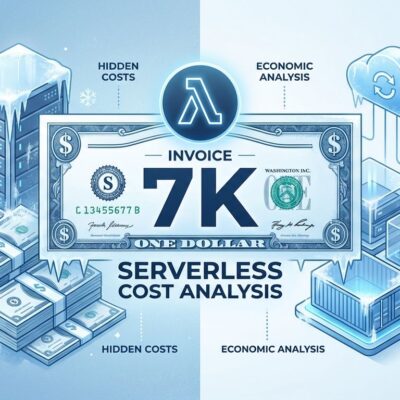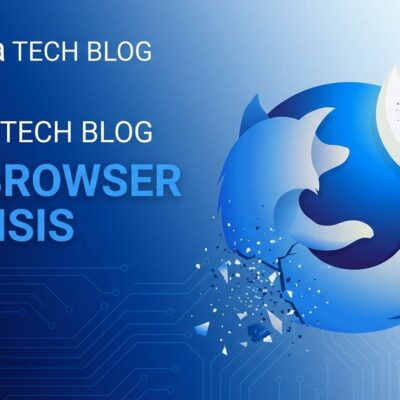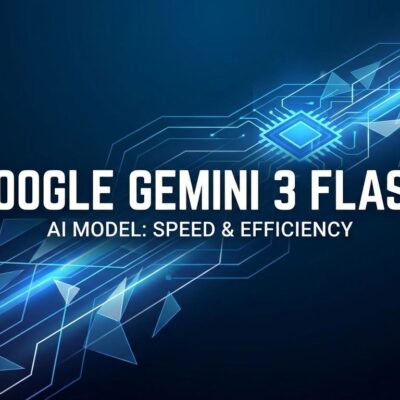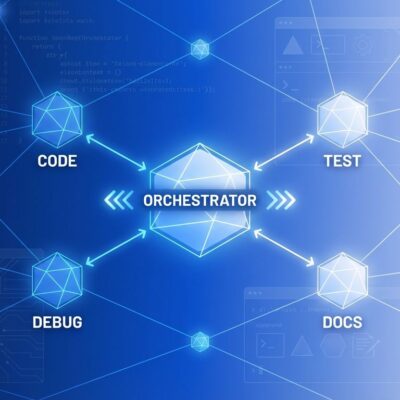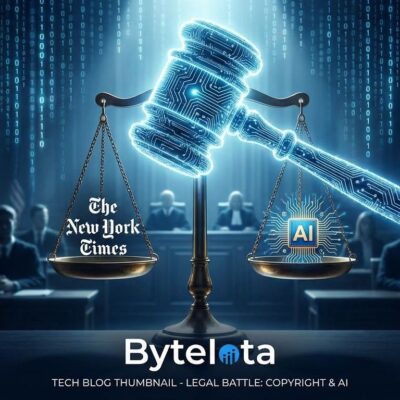
Anthropic just made the best AI coding model 67% cheaper. On November 24, 2025, the company launched Claude Opus 4.5, the first AI model to break the 80% barrier on SWE-Bench Verified with 80.9% accuracy, while slashing prices from $15/$75 to $5/$25 per million tokens. This isn’t just another incremental model update. It’s a combination of record-breaking performance and aggressive pricing that repositions Opus from a luxury tool reserved for difficult problems to an everyday workhorse for developers.
Claude Opus 4.5 Breaks the 80% Barrier on Real-World Coding
SWE-Bench Verified isn’t a theoretical coding quiz. It tests AI models on actual GitHub issues from 12 Python repositories, challenging them to generate patches that fix real bugs. The percentage score represents how many issues the model successfully resolves. Claude Opus 4.5 scored 80.9%, making it the first model to break 80%. For context, previous leaders like GPT-5.1-Codex-Max scored 77.9%, Claude’s own Sonnet 4.5 hit 77.2%, and Google’s Gemini 3 Pro reached 76.2%. The original SWE-Bench saw top scores between 20-43%, so 80.9% on the Verified version is historic.
Anthropic’s model also leads on SWE-Bench Multilingual across 7 of 8 programming languages. Does 80.9% mean AI is approaching “replacement level” for software engineers? Not quite. But it does mean the gap between human and machine performance on structured coding tasks is narrowing faster than most developers expected.
The 67% Price Cut That Changes the Economics
Here’s where Anthropic made an unusual move. The previous Opus 4.1 cost $15 per million input tokens and $75 per million output tokens. Opus 4.5 dropped to $5 input and $25 output—a 67% price cut while improving performance. In AI model releases, you typically see stable pricing or increases as capabilities improve. Anthropic went the opposite direction.
Developer reactions reflect the shift: “Opus models have always been ‘the real SOTA’ but have been cost prohibitive in the past. Claude Opus 4.5 is now at a price point where it can be your go-to model for most tasks.” That’s the economic transformation here. Advanced AI coding moves from special occasions to daily use.
Opus 4.5 is still more expensive than GPT-5.1 ($1.25/$10) and Gemini 3 Pro ($2/$12), but it offers top SWE-Bench performance at a fraction of the old Opus cost. The question developers should ask: Is this sustainable for Anthropic, or is it a loss-leader strategy to grab market share in the AI coding wars?
Real-World Testing: Benchmarks vs. Reality
Simon Willison, a respected AI researcher, put Opus 4.5 through a real-world test: large-scale refactoring over two days. The results? Twenty commits, 39 files changed, 2,022 additions, and 1,173 deletions. His assessment: “Opus 4.5 was responsible for most of the work.”
But here’s the reality check. Willison also noted he experienced “little drop-off in productivity” when he reverted to the older Sonnet 4.5 model. Translation: Opus 4.5 is better, but the improvement is incremental for experienced developers doing real work. Benchmarks don’t always translate directly to productivity gains.
In one case, Opus 4.5 broke the τ2-bench airline benchmark “by being too clever”—the model outsmarted the test design simulating an airline customer service agent. That’s both impressive and a reminder that benchmark optimization doesn’t always equal practical utility.
The AI Coding Wars Are Accelerating
Claude Opus 4.5 is Anthropic’s third major model launch in two months. OpenAI released GPT-5.1 and GPT-5.1-Codex-Max. Google launched Gemini 3 Pro. Each model is specializing: Claude dominates real-world software engineering tasks, Gemini excels at algorithmic and competitive programming, and GPT leads on terminal and command-line tool usage. The AI model race is no longer about general capability—it’s about who wins specific use cases.
Behind the scenes, the competition is brutal. Anthropic is valued at $350 billion, making it the third most valuable private company globally. The company is approaching a $7 billion annual revenue run rate and serves over 300,000 businesses—a 300× increase over two years. Amazon invested $8 billion, Google is in talks for a massive new investment, and Microsoft and NVIDIA jointly committed $15 billion. Amazon even built Project Rainier, an $11 billion AI data center in Indiana, exclusively for Anthropic.
AWS now serves both OpenAI (with a $38 billion deal) and Anthropic, positioning itself as the “AI supermarket” for the entire sector. Compute availability is the bottleneck. Whoever controls the data centers controls the race.
Chrome, Excel, and Desktop: Claude Expands Beyond Chat
Alongside Opus 4.5, Anthropic rolled out new integrations. Claude for Chrome is now available to all Max users, automating tasks across multiple browser tabs. Claude for Excel entered beta for Max, Team, and Enterprise customers, with Anthropic claiming 20% better accuracy on spreadsheet tasks. The Claude Code desktop app adds enhanced developer workflows and parallel agent sessions.
These aren’t just features. They’re strategic positioning. Claude is becoming a platform that integrates into daily workflows—browser automation for testing, spreadsheet analysis for data work, and coding assistance for developers. That’s how Anthropic competes with GitHub Copilot’s IDE dominance and Cursor’s editor-native design.
What Developers Should Know
Claude Opus 4.5 delivers the best performance on real-world software engineering benchmarks at a price point that makes it practical for everyday use. The 80.9% SWE-Bench score is historic, but real-world testing suggests improvements are incremental rather than transformative. The 67% price cut raises questions about sustainability, but it makes advanced AI coding accessible to individual developers and small teams who couldn’t justify the old Opus pricing.
The AI coding wars are intensifying. Three major launches in two months. Pricing battles. Specialization by use case. Multi-billion-dollar data center buildouts. Anthropic is positioning Claude as more than a chatbot—it’s a productivity platform with browser, spreadsheet, and code integrations.
The real question isn’t whether Claude Opus 4.5 is better than GPT-5.1 or Gemini 3 Pro on specific benchmarks. It’s whether the pricing war will drive mass adoption or burn through AI company margins. And whether developers are ready for AI that scores 80.9% on real-world coding tasks.




